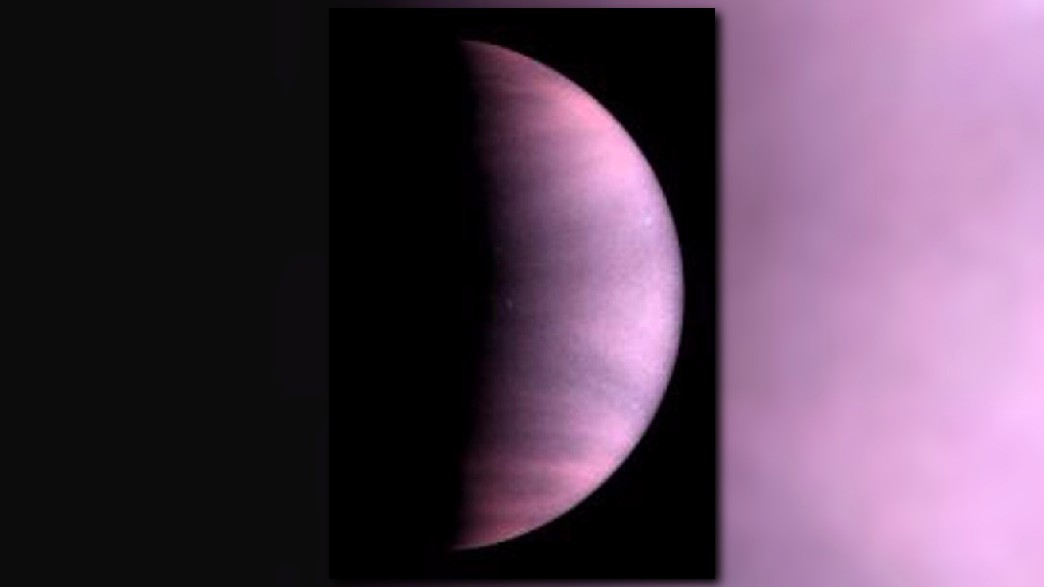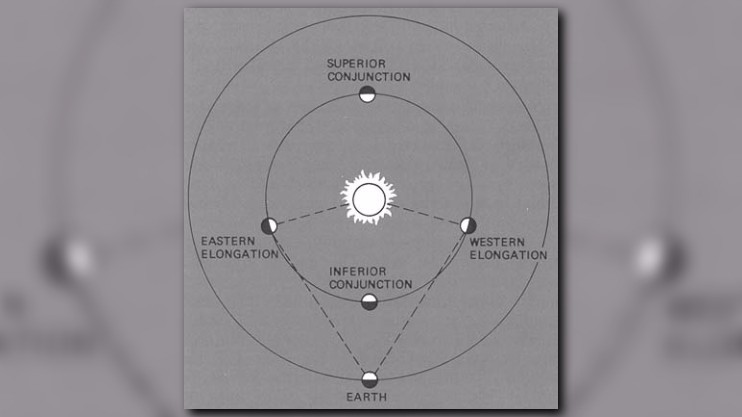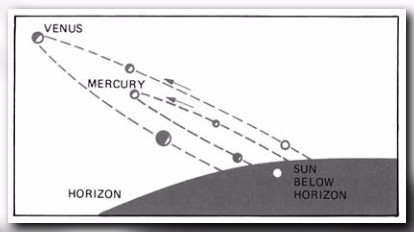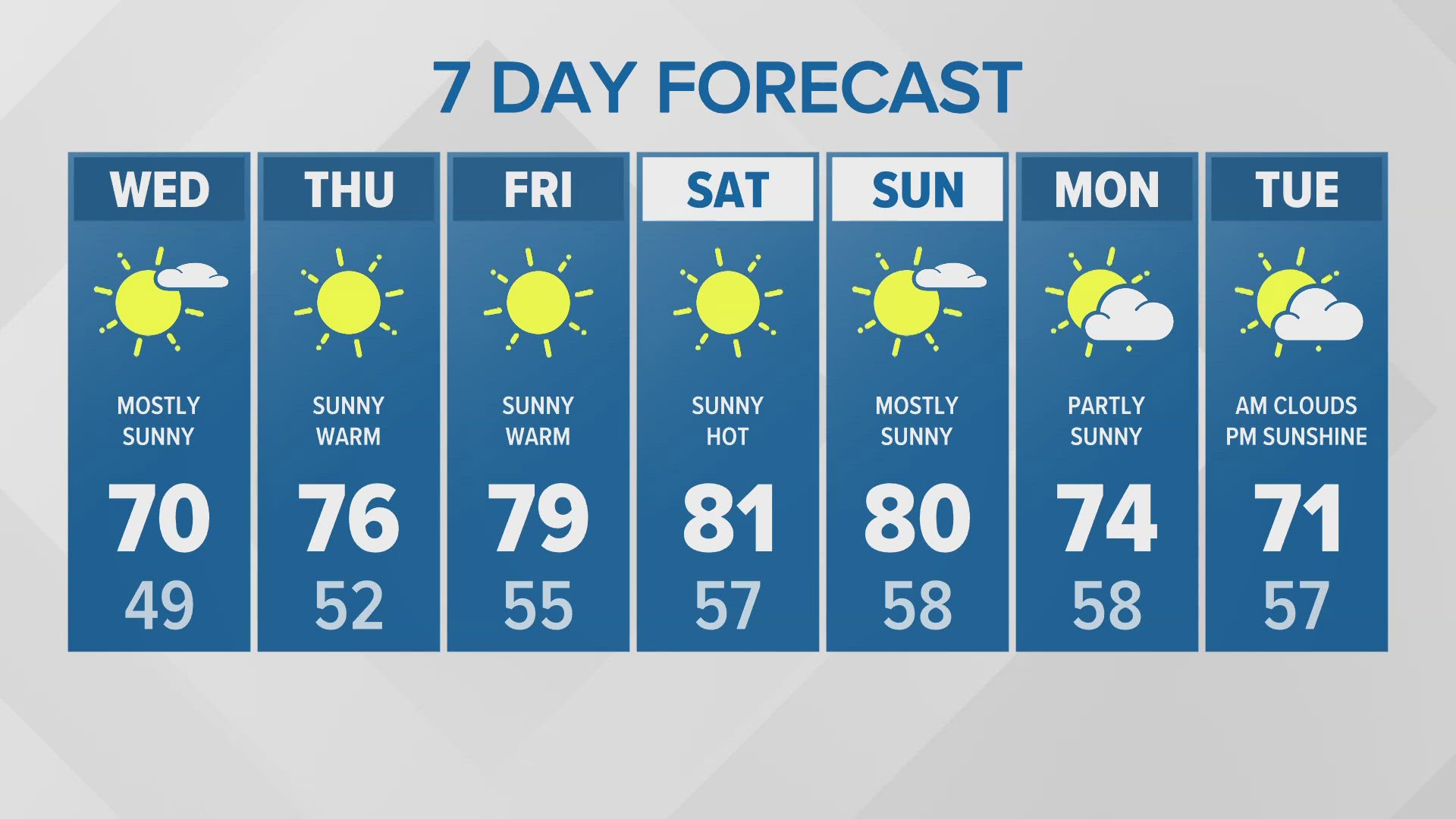With a couple of clear nights ahead, it’s a good time to get caught up on what’s visible in the night sky this time of year.
The past few weeks, you’ve probably noticed a bright starry object in the evening sky towards the west. This is actually the planet Venus, and now is one of the best times to see it.

Venus will be at its greatest eastern elongation Tuesday night, which basically means, when viewed from Earth, Venus will be at its highest point above the horizon in the evening sky. This is the best time to view the planet because you’re looking through less of Earth’s atmosphere.

Venus, just like our moon, goes through phases when viewed from Earth. Besides the moon, it’s the brightest thing in the night sky. Keep in mind when you’re looking at it, despite its brightness, you only see half of the illuminated side.

Other planets in the night sky visible to the naked eye this time of year include Mars, Jupiter, and Saturn. Look for Jupiter in the eastern half of the sky between midnight and dawn. If you have a small telescope or binoculars, you can even see Jupiter’s four moons. Mars appears near Venus but is less bright.
The Orion constellation rules the winter night sky and can be seen even with a nearly full moon nearby.
Speaking of the full moon, last night was the first full moon of 2017. This was known by early Native American tribes as the Wolf Moon because this was the time of year hungry wolf packs howled just outside their villages. This moon has also been called the Moon After Yule, and the Old Moon.
By the way, the International Space Station will be visible almost directly overhead Friday, January 13, at precisely 6:26 a.m. It will be streaking from west to east.
Ben Dery

